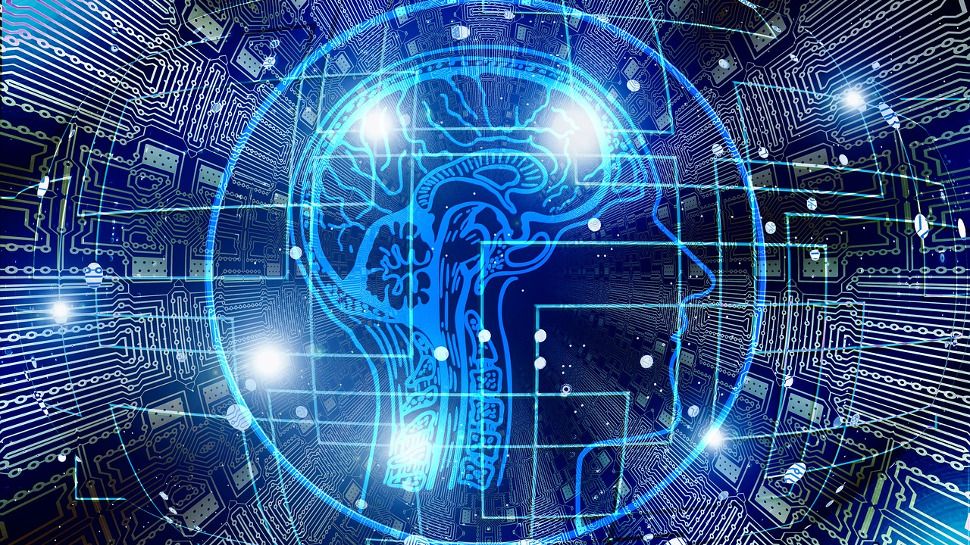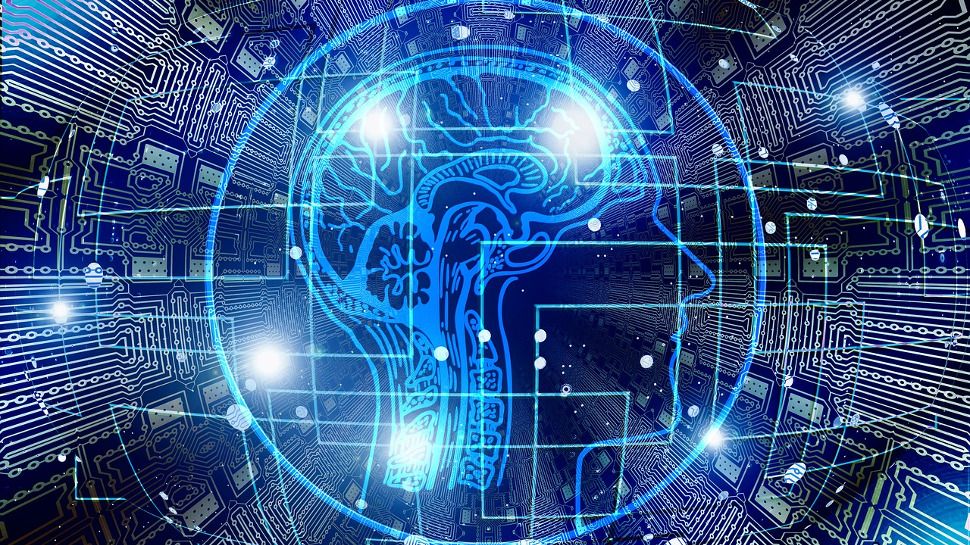Key Points
- AI enables near‑real‑time analysis of massive astronomical data streams.
- Machine learning models flag transient events and anomalies instantly.
- AI improves image resolution, cleans data, and uncovers hidden patterns.
- Student‑led AI projects have identified over 1.5 million new potential targets.
- Researchers can focus on hypothesis generation while AI handles data processing.
- Future observatories will rely on AI to triage tens of thousands of nightly alerts.
- Open‑source AI tools democratize access to space data for students and independent scientists.
- New platforms aim to provide equitable, low‑cost access to large datasets.

AI as a Core Enabler of Modern Astronomy
Rapid advances in digitalization and artificial intelligence are redefining the practice of astronomy. Where once a handful of specialists managed limited datasets, today AI systems process the unprecedented volumes generated by facilities such as the Vera C. Rubin Observatory and the Euclid mission. Traditional methods cannot keep pace with the speed, complexity, and scale required to extract insights, prompting researchers to adopt AI for near‑instantaneous analysis.
Real‑Time Detection and Data Processing
Radio antennas and optical telescopes now collect hundreds of terabytes of data each night. AI models can analyze these streams in real time, dramatically reducing the time between observation and scientific insight. Anomalies, transient phenomena, and potential signals of extraterrestrial origin are flagged and verified instantly, a task that previously demanded weeks of manual processing.
Enhancing Data Quality and Discovery
Beyond rapid detection, AI improves image resolution, cleans noisy data, and mines archival repositories for overlooked phenomena. A recent student‑led project using AI examined years of observations and identified over 1.5 million new potential astronomical targets, illustrating the scale of discoveries now possible.
Shifting the Role of Researchers
With AI handling the heavy lifting of data ingestion and pattern recognition, astronomers can concentrate on formulating hypotheses, designing experiments, and interpreting results. The discipline is moving from a focus on coding and processing toward strategic scientific leadership, with AI serving as an amplifying partner rather than a replacement.
Future Frontiers
Upcoming operations at the Vera C. Rubin Observatory will generate tens of thousands of alerts per night, each representing a possible supernova, asteroid flyby, or cosmic flare‑up. AI will be essential for triaging this deluge, prioritizing follow‑up observations, and even guiding telescopes to the most promising regions of the sky. Additionally, AI‑driven simulations are accelerating studies of complex phenomena such as the origins of life.
Democratizing Access to the Cosmos
The proliferation of open‑source AI tools and public datasets is lowering barriers for students, independent researchers, and under‑resourced institutions. With just a laptop and internet connection, individuals can analyze real astronomical data, discover comets, track asteroids, and contribute to scientific knowledge. New platforms aim to provide equitable access to large‑scale datasets without prohibitive costs, further expanding participation in space science.
Conclusion
The integration of artificial intelligence into space observation marks a transformative shift toward faster, smarter, and more inclusive astronomy. By partnering with AI, the scientific community can process more data, generate deeper insights, and involve a broader array of contributors in the quest to answer humanity’s most profound questions about the universe.
Source: techradar.com
